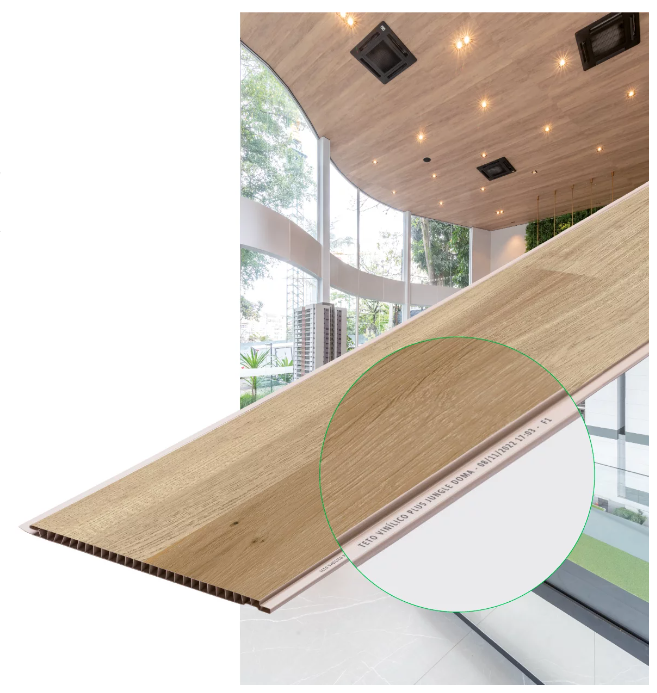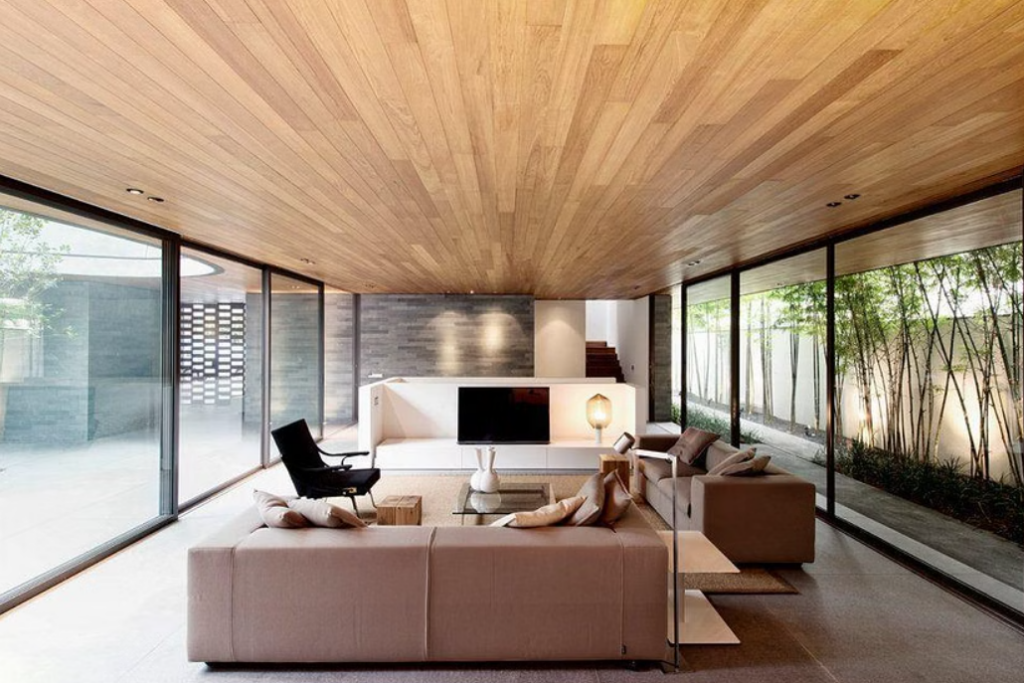Tropical Hardwood, Ceilings
Top 5 Brazilian Hardwood Species For Ceiling Design
Choosing the right material for your ceiling is crucial to enhancing the aesthetic and functionality of your space. Brazilian hardwoods are a popular choice due to their unmatched strength, durability,…
Read MorePVC, Vinyl, Ceilings
How I Went from Long Installation Periods to a 1-Day Ceiling Installation
If you’ve ever attempted a ceiling installation, you know it can be a time-consuming, labor-intensive process. But what if there was a way to speed it up and still maintain…
Read More




